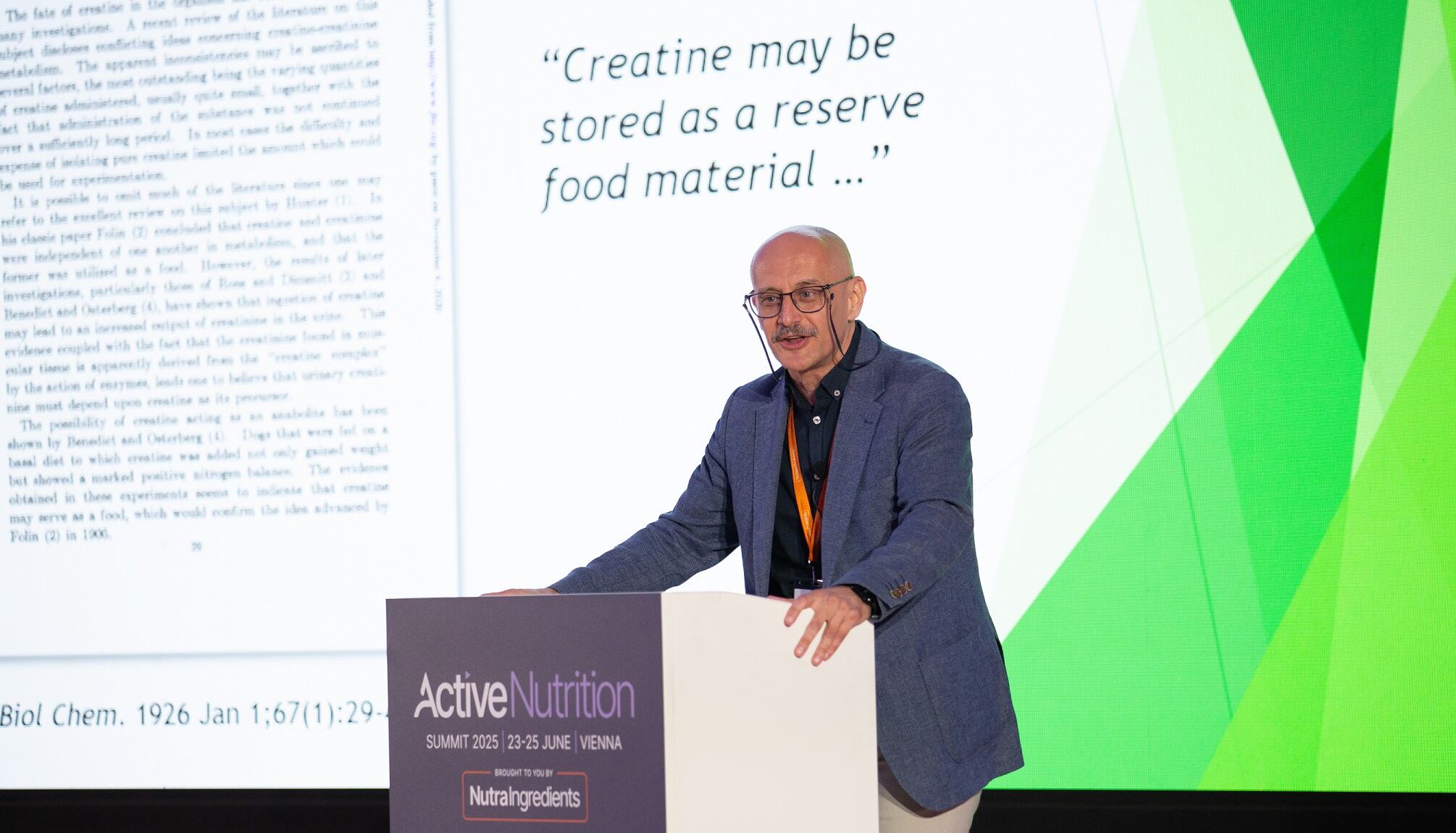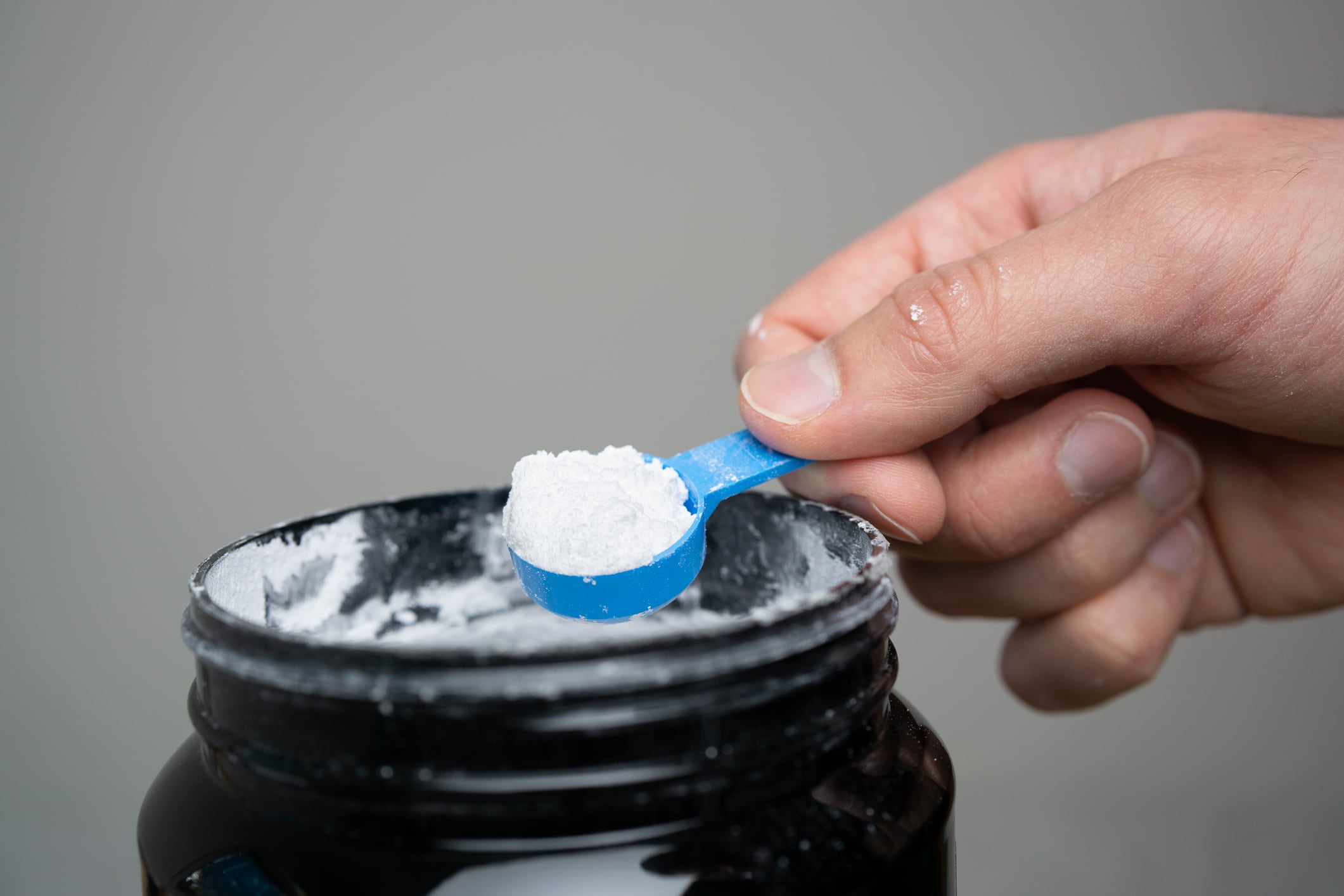While companies are beginning to increase their vivifying claims, evidence connecting dietary creatine intake to mortality remains scarce and inconclusive, according to leading creatine researcher Sergej Ostojic, PhD, who recently published a study in the journal Applied Physiology, Nutrition, and Metabolism exploring the associations between the two.
“This is likely the first study to show that consuming creatine from everyday foods is linked to a lower risk of death from any cause,” he told NutraIngredients. “Over a 20-year follow-up period, people who consumed more than 1 g of creatine per day were significantly less likely to die from any cause compared to those who consumed less than 1 g.”
The research drew on a nationally representative sample of 4,041 U.S. adults from the 1999-2000 National Health and Nutrition Examination Survey (NHANES), which included at total of 858 deaths during a mortality follow-up through 2019.
Creatine, survival and longevity
A conditionally essential nutrient (one which the body normally makes but must get from food in certain conditions), creatine plays a crucial role in maintaining high-energy phosphate bioenergetics, particularly in organs with high energy demands like skeletal muscle, brain, retina and reproductive organs. The average daily creatine requirement is about 2 g, typically met in equal measure through a combination of consumption of animal-based foods and the body’s own synthesis.
Dr. Ostojic noted recent population-based, cross-sectional studies indicating that intake below 1 g a day is linked to adverse health outcomes, including an increased risk of depression, age-related cognitive impairment, cardiovascular and liver conditions and issues related to female reproductive health.
An international patent filed in 1994 by Steve Jennings, the man who first brought creatine to market to boost British performance at the 1992 Barcelona Olympics, registered his creatine-containing composition for use as a metabolic supplement. It also listed its potential to support muscle wasting, dementias, cardiac tissue formation, mood disorders, chronic fatigue syndrome and disease prevention.
“Many people recognized creatine’s importance decades ago, but its early association with athletic performance delayed its broader acceptance as a nutrient beneficial to overall health,” Dr. Ostojic said. “As a result, we likely lost valuable time in uncovering the fundamental science behind creatine.”
In recent years, the publication of emerging science has expanded creatine applications to other categories, and companies have begun to pair creatine and longevity in marketing materials and on label. An Amazon search returns a selection of creatine and combination products branded or keyworded for longevity and healthy aging. Jennings, himself, returned to market as the @CreatineOG for Creatine 2.0 through his new company Jenerise and is preparing to launch creatine in next-gen formats for everyday wellness across populations and the healthspan.
“It’s not surprising that creatine is now receiving widespread attention; this is often the case with nutrients that are essential or semi-essential, like vitamin D or magnesium,” Dr. Ostojic said. “However, creatine should not be seen as a miracle solution or a one-size-fits-all remedy. Ultimately, decisions about its use should be grounded in solid scientific evidence.”
In his analysis of creatine’s potential life promoting properties, he found that the relationship between creatine intake and mortality risk remained significant even after adjusting for other dietary factors like protein, fat and carbohydrate intake, which he said suggests that creatine may play an important role in supporting survival and longevity. The association became weaker after accounting for factors like age, smoking and alcohol use.

Grounding in solid scientific evidence
Building out the supporting science entails defining dietary requirements for various populations, understanding creatine’s health impact at a population level and compiling accurate data on its content in common foods, Dr. Ostojic said.
He also plans to conduct epidemiological and interventional studies to explore how creatine-rich foods, creatine-enriched products and low-dose supplements can impact aging-related biomarkers at the cellular and subcellular level.
While the NHANES analysis did not explore potential mechanisms of action behind the link between creatine intake and reduced mortality, several theoretical explanations might clarify the connection to improved survival and longevity.
“In addition to supporting normal energy metabolism across the human body, creatine may help preserve muscle mass, offer moderate antioxidant and anti-inflammatory effects and potentially influence aging-related pathways such as mTOR, p53/p21 signaling and certain protease enzymes (caspases) involved in programmed cell death,” Dr. Ostojic said.
His group has also reported preliminary research suggesting that creatine may help maintain telomere integrity but acknowledges that more studies are also needed to confirm these findings.
“It would also be a significant step forward if companies developed creatine products tailored to the general public and if regulatory agencies began recognizing creatine as a semi-essential nutrient—potentially even requiring its inclusion on food labels and helping educate the public about its health benefits,” Dr. Ostojic added.
“Additionally, we plan to gather more evidence to support creatine from a public health perspective—advocating for creatine-rich dietary sources as a practical and beneficial strategy, especially for people with limited access to such foods due to socioeconomic, dietary, or health-related factors.”
Source: Applied Physiology, Nutrition, and Metabolism. doi: 10.1139/apnm-2025-0001. Online ahead of print. “Dietary Creatine Intake and All-Cause Mortality among U.S. Adults: A Linked Mortality Analysis from the NHANES Study”. Author: Sergej M. Ostojic.




